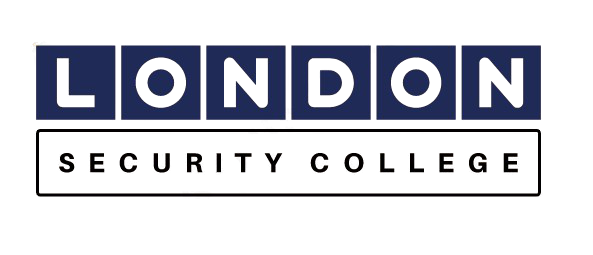First Aid For Security Officers
What is First Aid?
First aid refers to the immediate assistance given to someone who has been injured or becomes suddenly ill, before professional medical help arrives. First aid is intended to stabilize the person’s condition and prevent their condition from worsening until they can receive medical attention.
Some common examples of first aid techniques include applying pressure to stop bleeding, performing CPR to restart a person’s heart, administering medication for an allergic reaction, and immobilizing a broken bone. The specific techniques used in first aid will vary depending on the situation, but the overall goal is always to provide immediate and appropriate care to someone who is in need.
What is the purpose of First Aid?
The purpose of first aid is to provide immediate care and assistance to someone who has been injured or suddenly becomes ill until professional medical help arrives. The goal of first aid is to preserve life, prevent the injury or illness from getting worse, promote recovery, and provide comfort to the person who is injured or ill.
First aid is critical in emergency situations, as it can often mean the difference between life and death, or between a full recovery and a permanent disability. It can be administered by anyone who has been trained in basic first aid techniques, and it can be given in a variety of settings, such as at home, at work, or in public places.
The primary objectives of first aid are to:
Preserve life: The first and most important goal of first aid is to preserve life. This includes taking steps to prevent the injury or illness from worsening and ensuring that the person is breathing and has a heartbeat.
Prevent further injury or harm: Another important goal of first aid is to prevent the injury or illness from getting worse. This includes protecting the person from further harm and preventing complications from arising.
Promote recovery: First aid also aims to promote recovery by providing appropriate care to the person, such as administering medication, controlling bleeding, and immobilizing injuries.
Provide comfort: Finally, first aid aims to provide comfort to the person who is injured or ill. This includes providing emotional support, reassurance, and pain relief as necessary.
Some common examples of first aid techniques include applying pressure to stop bleeding, performing CPR to restart a person’s heart, administering medication for an allergic reaction, and immobilizing a broken bone. The specific techniques used in first aid will vary depending on the situation, but the overall goal is always to provide immediate and appropriate care to someone who is in need.
Do Security officers need to be first aid qualified?
Yes, it is now compulsory that all Security officers must have an emergency first aid qualification. They are often the first people to respond to emergency situations, and they may be called upon to provide first aid to individuals who have been injured or become suddenly ill. Therefore, having a basic understanding of first aid can be critical in ensuring the safety and well-being of those involved.
Basic first aid training can teach security officers how to recognize and respond to a variety of emergency situations, including bleeding, burns, fractures, and cardiac arrest. They can also learn how to administer CPR and use an automated external defibrillator (AED) in the event of a cardiac emergency.
In addition, first aid training can help security officers develop the skills and confidence to respond effectively to emergency situations, which can help them to remain calm and focused in high-pressure situations.

